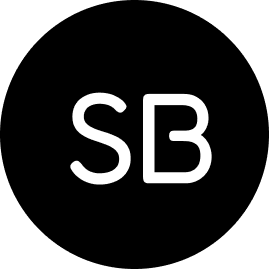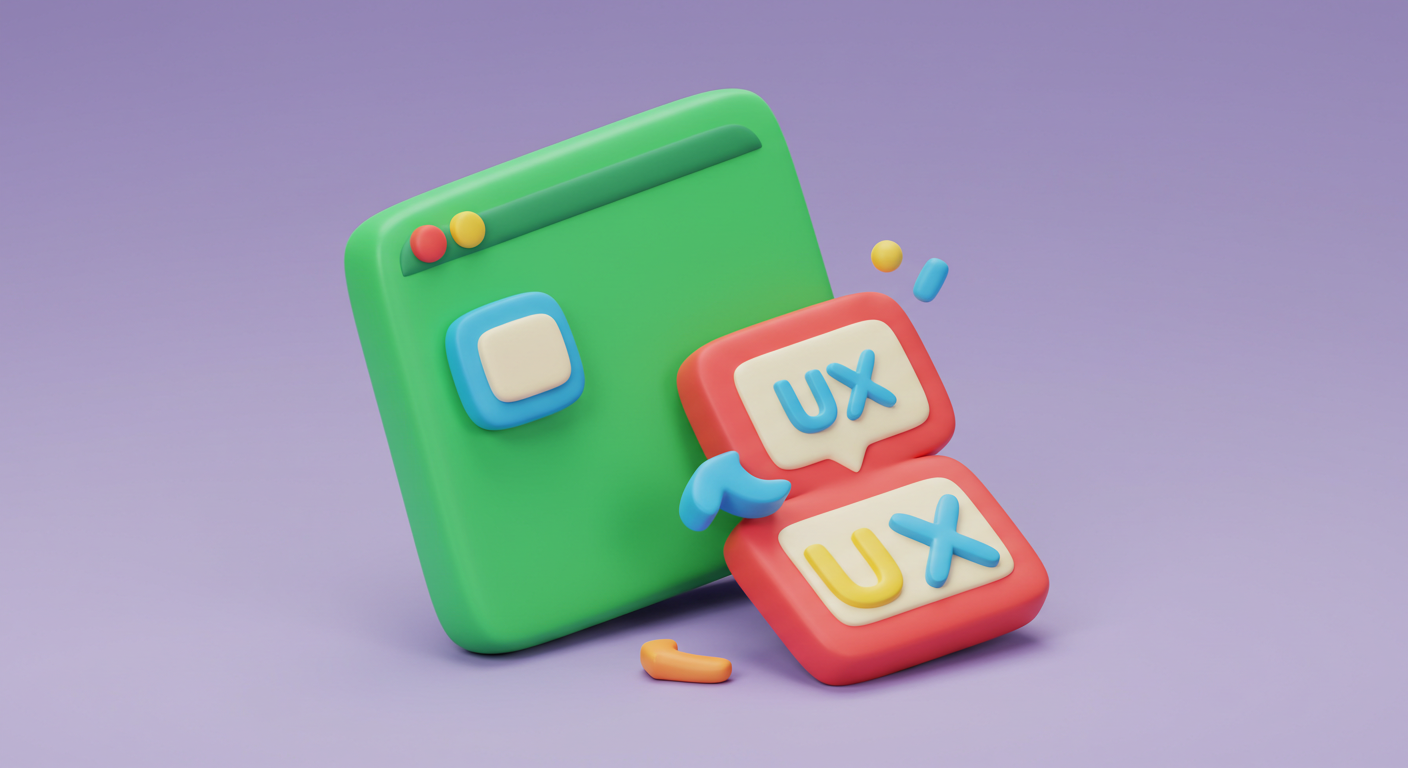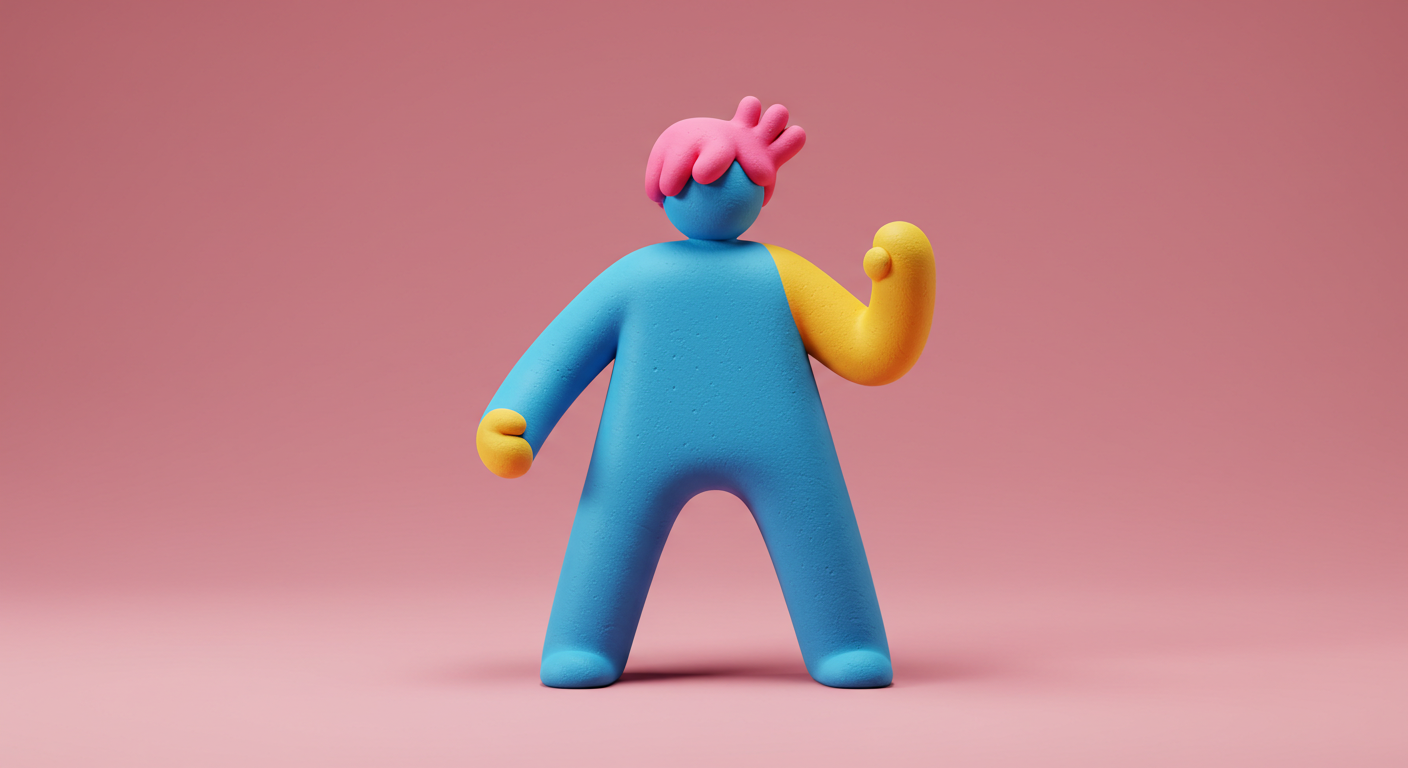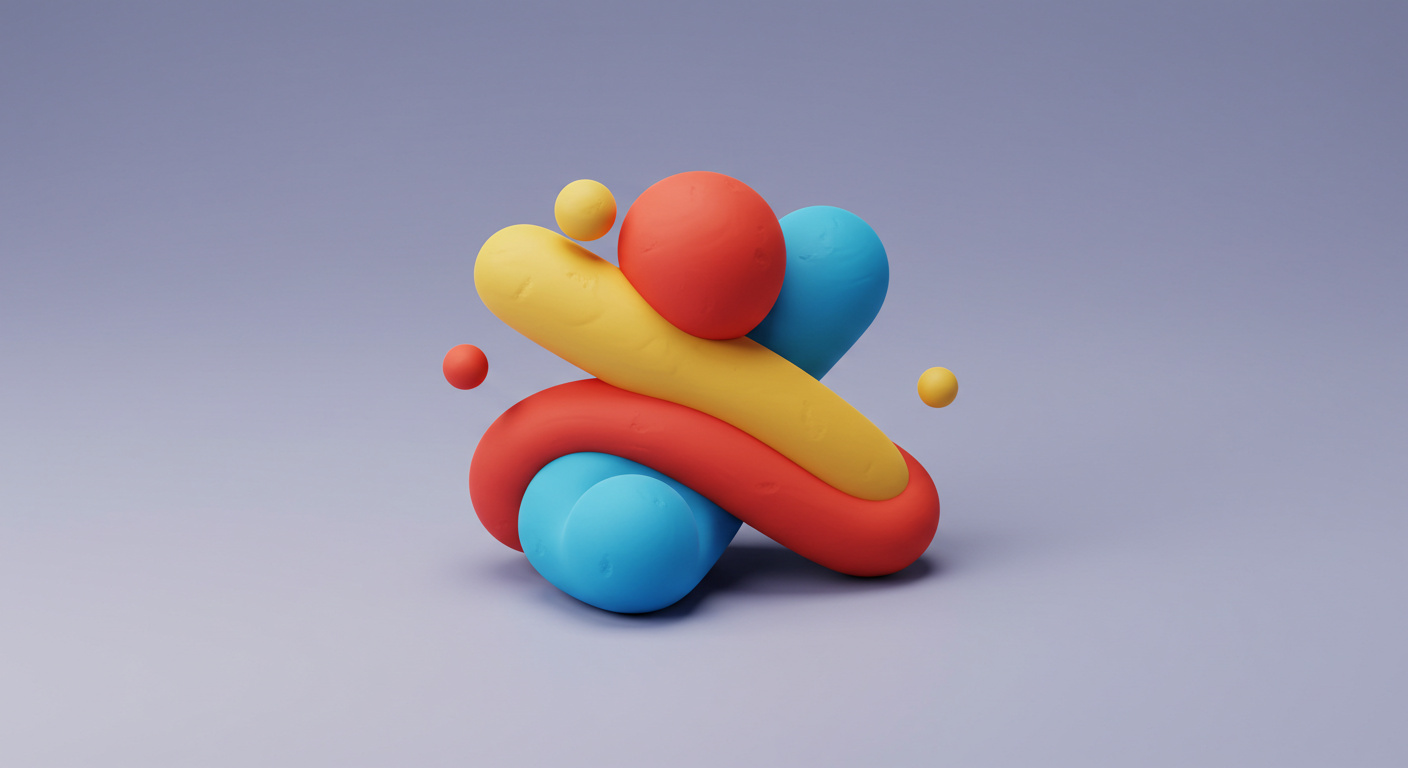Leading through clarity, growth, & trust
Some of the most rewarding moments in my career haven’t been tied to the work with my name on it. They’ve come from watching designers step forward, find their voice, and deliver something extraordinary. That’s when it clicked for me: leadership isn’t about holding the pen longer or louder than anyone else. It’s about building the conditions where other people can do their best work.
That’s how I approach design leadership: through clarity, growth, and trust.
Clarity
Design teams are rarely handed neat, well-framed problems. More often, they inherit chaos, a tangle of competing priorities, half-formed requests, and pressure to deliver quickly. In those moments, the team doesn’t need a manager who barks orders. They need clarity.
Clarity is about translating the noise into something everyone can rally around. Sometimes that means reframing a vague ask into a simple, human-centered problem statement. Other times it means shaping a north star vision that ties together fragmented efforts and gives everyone a destination.
I’ve found that clarity builds confidence. And confidence is what gives teams the courage to take risks, push ideas further, and explore without hesitation.
Growth
The work matters, but so do the people doing it. I spend a lot of time with designers talking about where they want to go. Some want to deepen their craft and grow as individual contributors. Others are curious about stepping into leadership. Neither path is better, but both require intention.
I often use the T-shaped designer model as a way to frame early skill development, breadth across disciplines, depth in a chosen specialty. Over time, that evolves into a Y-shaped career path. One branch leads deeper into IC roles, where influence comes through craft and thought leadership. The other branch leads into management, where the focus shifts to coaching, team building, and culture.
As a leader, my role is to help people navigate both paths. I use skills matrices to help designers see where they are today and where they’d like to go. From there, we connect the dots: projects that stretch their skills, training that builds confidence, or opportunities to present and lead. Growth isn’t a once-a-year conversation. It’s ongoing.
My one-on-ones are built around three simple questions: What’s in front of you? Where are you stuck? Where can I help? These questions keep us grounded in the work today while opening the door to the opportunities ahead.
Trust
Design only has influence if it earns trust. Without it, we’re just a service function. With it, we become partners in shaping the business.
I coach teams to think of trust as an equation:
expertise + business acumen + research + inspiration = Trust.
Expertise shows we take our craft seriously. Business acumen proves we understand the context we’re solving for. Research grounds our decisions in evidence, not opinion. And inspiration reminds everyone that design isn’t just about solving problems, it’s about sparking imagination.
When those four ingredients come together, design earns credibility. It stops asking for permission and starts leading the conversation.
Putting it into practice
One of the clearest examples of this approach came during my time at CIBC. When I arrived, there was no formal DesignOps. Designers were talented and doing great work, but everyone was working in their own way. There was no shared playbook for how we collaborated, how we executed, or how we measured impact.
That gap was also an opportunity. Instead of waiting for a top-down directive, we created our own. We called it the Experience Council.
The Experience Council became our DesignOps. It was a volunteer group where any designer could step forward, take ownership, and shape how we worked together. Every week, we came together to answer the questions that mattered most: How do we collaborate? How do we deliver? How do we measure impact?
The most important part is that the answers didn’t come from me. They came from the team. My role was to create the space, protect the time, and then step back. The result wasn’t just a set of practices, it was a culture of ownership, trust, and clarity that outlived any single project.
Exploration
Exploration is another area where clarity, growth, and trust come together. I encourage “How might we” questions because they keep possibility open. I talk about digging shallow holes, exploring broadly and lightly before committing deeply. I push for pretotyping before prototyping, because fast, scrappy tests give us confidence in which ideas are worth pursuing.
These aren’t just methods. They’re mindsets. They remind us to stay curious, to move quickly, and to build conviction before we invest heavily.
Delegate, Simplify, Automate
If I had to put my philosophy into three words, they’d be: delegate, simplify, automate.
Delegation builds ownership and confidence. Simplifying creates clarity out of complexity. Automating eliminates the repetitive and frees up energy for what only humans can do: creativity, craft, and storytelling.
Together, they give the team both structure and freedom, the boundaries that protect focus, and the space that invites exploration.
Leading through clarity, growth & trust
For me, leadership is still design. The process is familiar: simplify the complex, explore the possibilities, build trust in a direction, and bring people along. The raw materials are just different. Instead of pixels and flows, it’s people and culture. Instead of interfaces, the outcome is a team.




